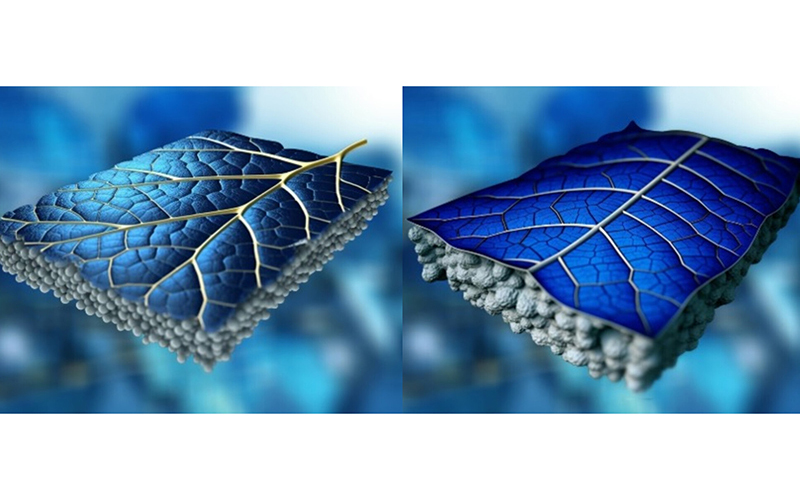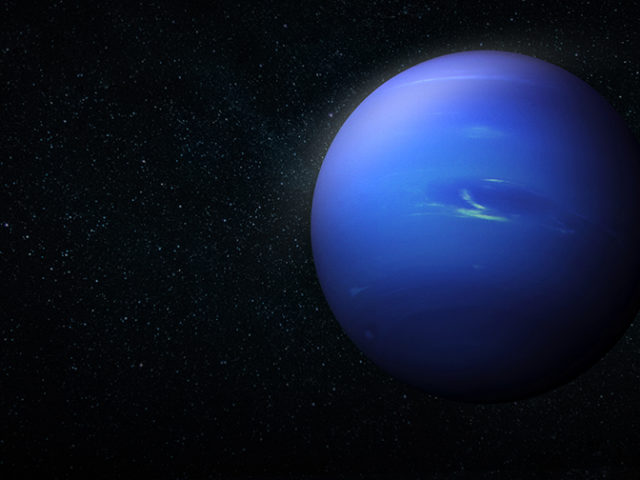A new nature-inspired design for solar ‘leaves’ could boost the efficiency of future renewable technologies, according to its developers.
Researchers at Imperial College London developed the photovoltaic leaf (PV-leaf) design, which uses low-cost materials.
Natural leaves include structures that enable plants to move water from the roots into the leaves, through a process of transpiration. The PV-leaf concept mimics the transpiration process, allowing water to move, distribute and evaporate. Natural fibres mimic leaf vein bundles while hydrogels simulate sponge cells, allowing a PV-leaf to remove heat.
“This design eliminates the need for pumps, fans, control units and expensive porous materials, can generate additional clean water and thermal energy, and adapt to ambient temperature and solar condition variations,” an Imperial research announcement said.
Experiments reportedly demonstrated that a PV-leaf can generate over 10% more electricity compared to conventional solar panels, which lose up to 70% of the incoming solar energy to the environment.
If deployed widely in an effort to reach solar panel targets, the announcement also claimed that the solar leaf design could help to produce billions of cubic metres of fresh water each year.
Dr Gan Huang, Honorary Research Fellow and author of the study, said: “This innovative design holds tremendous potential for significantly enhancing the performance of solar panels, while also ensuring cost-effectiveness and practicality.”
Professor Christos Markides, Head of the Clean Energy Processes Laboratory and another author of the study, said: “Implementing this innovative leaf-like design could help expedite the global energy transition, while addressing two pressing global challenges – the need for increased energy and freshwater.”




